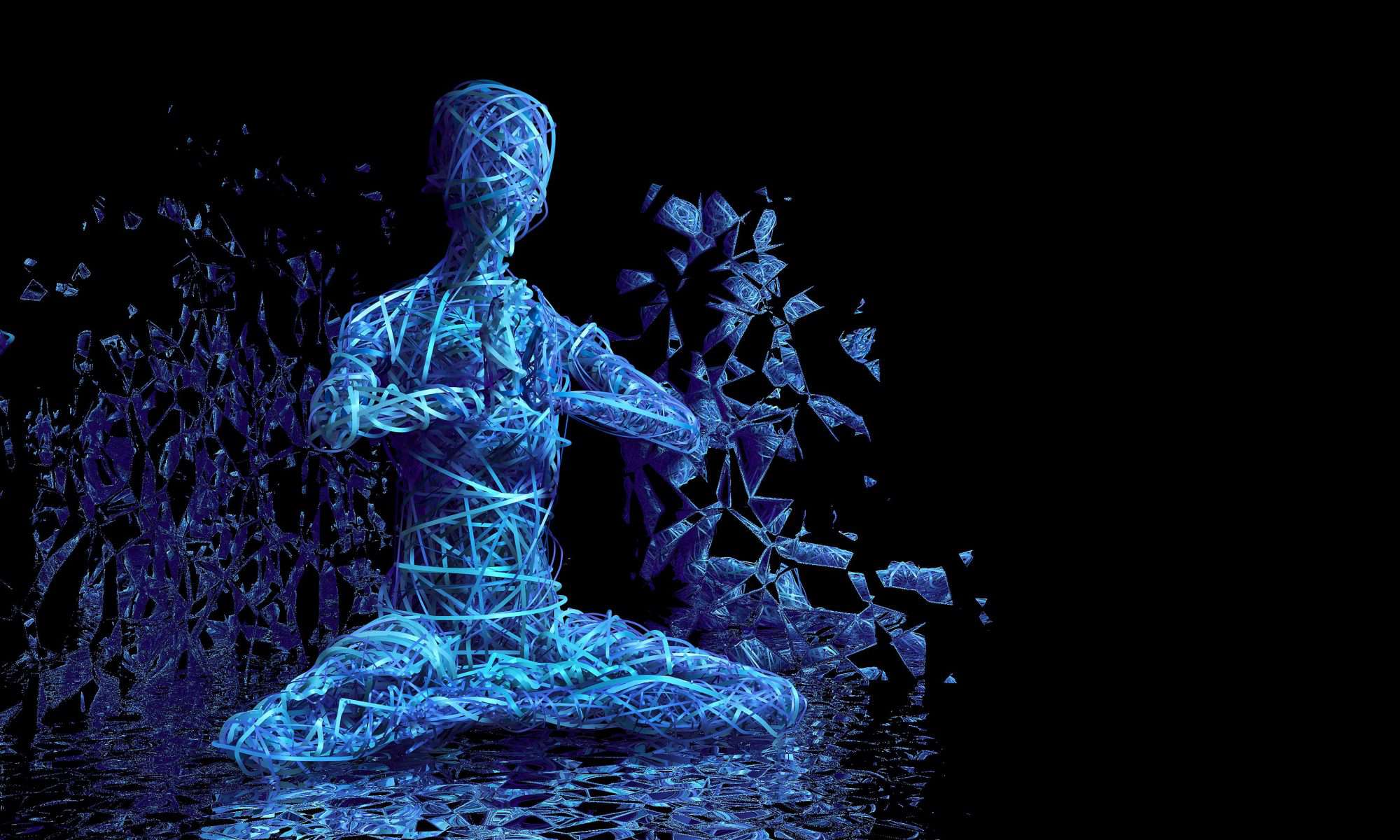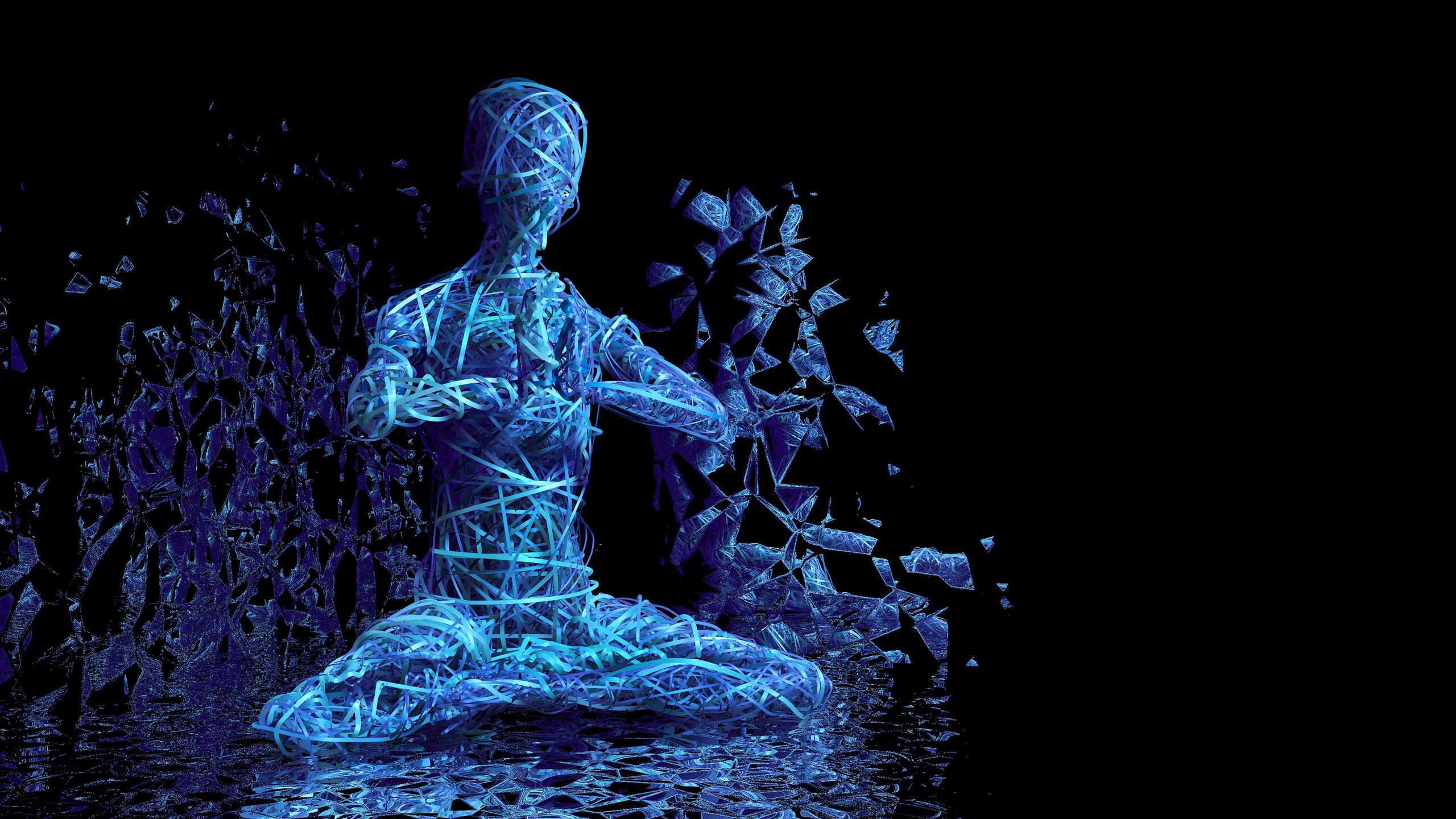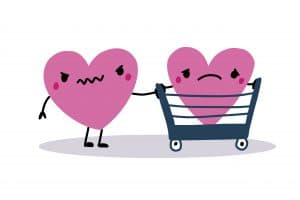Philosophies on life are innumerable. So many different cultures, belief systems, religions, and other institutional or social factors cause each person to have a unique view and journey in life. While everyone is different, there are efforts to apply labels or categories that make general mindsets or stages of life identifiable and easier to discuss. Two popular labels like this are “karmic” and “dharmic,” Sanskrit terms for concepts held in Indian regions.
I would never force anyone to choose a label for themselves to identify their beliefs. Still, if you’re looking for an opportunity to discuss your mindset and life journey, labels can be the easier way to bridge that gap. These categories can also help you assess what you want out of life and whether your current relationships are healthy. Let’s discover what karmic and dharmic mean and how these mindsets can help guide your life.
What Is Karma?
Many more people in the West have heard of “karma” rather than “dharma.” You might have heard people warn others not to do something because it’s “bad karma” or that karma will come back later. Because it is much more popularized, understanding the karmic system has a lower barrier to entry for beginners.
“Karma” literally means “action” in Hindu. The karmic meaning refers to your day-to-day actions throughout your life. It relies on a moral system of good and bad actions, and each person builds up their karma with each thing they do. Actions as small as holding the door open for someone else or picking up something dropped by another can contribute to your karma.
Because karma focuses on the individual units of each action you take every minute of your life, it’s easy to focus on the small things without seeing them in the context of your entire life. However, building up as much positive karma as possible is the goal of your next life to be much improved from your current one. If you have too much bad karma, Hindus believe that you will end up a rung lower on the ladder of life in your next life.
As with all religious concepts, there are other interpretations of karma. A popular way of seeing karma is to see it as a guarantee that anything you do in life will be returned in kind. It is a way of seeing that the Universe is always in perfect balance. Every sacrifice will be repaid in favor, and every overstep or wrongdoing will be balanced by a loss in this life or the next.
What Does Dharma Mean?
Not as many people have heard of the word “dharma,” as there aren’t many popular sayings in the West that use the term. It might seem foreign at first, but dharma is actually a concept that is familiar once you grasp a true understanding of it.
“Dharma” is a much more expansive term than “karma.” Dharmic refers to your life’s duty or goal, which is different for everyone and is generally determined by your social class and life situation.
While dharma is certainly a motivation for the structure of Indian culture and society, it is not much different from concepts originated in other religions and belief systems. Many faiths, including Christianity, believe that physical life on Earth is not the beginning or the end of a soul’s journey but just a point at which humans are tested and given the opportunity to do good or bad things. What Christians do here on Earth directly affects where they believe they’ll end up after death, and they feel their life’s mission is to fulfill their highest purpose, which is very similar to the concepts of karma and dharma in India.
Strictly focusing on dharma alone, though, has its downfalls. For many in India who seek to live a dharmic life, it’s difficult to determine whether strictly staying within the tradition and your social class is enough to fulfill dharma. Some believe actions taken to stretch beyond the confines of one’s community are necessary to discover one’s true life purpose. As you can see, the dharmic system is much more focused on one’s life overall rather than day-to-day actions like karma.

How Are Dharma and Karma Related?
While dharma and karma seem to be on opposite ends of the spectrum, both are integral to Hinduism. In simple terms, karma relates to your daily actions to achieve your dharma, which is your overall life’s mission. Not all actions you take relating to karma have to relate to your dharma directly. Still, the intention is to make sure you build up as much positive karma as possible so that you can break free of the reincarnation cycle and/or achieve enlightenment.
The tricky part? Karma and dharma are so intertwined that your karma directly relates to your dharma. What is good karma for one person might be bad for another, and there’s no set way to discover what your dharma is. For example, if your dharma is to fight for your nation in a war and you choose to become a soldier, then you’ll have good karma. If you decide to become a soldier, but your dharma is actually to become a teacher, that otherwise noble act would actually be considered bad karma.
As you can imagine, this immense uncertainty is stressful to many believers of the karmic and dharmic systems. Karma and dharma, however, don’t just stop at being concepts that dictate the way you live your life. “Karmic” and “dharmic” are also terms that relate to the lifestyle choices you make and the way you conduct relationships with others.
What Does It Mean to Live a Karmic Life?
As we explained previously, the karmic system focuses on the minute details of our everyday life—every action we take scores a point in the karmic system, whether it’s a negative or positive point. Living a karmic life follows this idea: everything is very focused on doing something with the expectation that you get something in return. Actions are contractual and you have expectations for what you will receive.
In other words, a karmic life is very utilitarian. You do well at your job to get better pay. You’re polite to your neighbors so that they’ll watch out for you in the case of an emergency or difficult situation. You drive your car responsibly so that you won’t have to pay for tickets or get points on your license.
Simply, the karmic system doesn’t concern itself with your desires. It’s not about you being a great person no matter what you choose to do because what you want from your life doesn’t matter as much as fulfilling your life’s purpose. Achieving positive karma points is the end goal, so you don’t necessarily do things because they are good to do.
Some people might argue that intention doesn’t matter. Utilitarians see all things as tools, a means to an end. So the intention behind their use doesn’t matter as much as achieving a positive result. For many people, living a karmic life is natural and organic and switching to a dharmic mindset is outlandish and difficult.
What is Dharmic Living?
While karmic lives are based on contracts and expectations, dharmic lives are about treating life with the view of the bigger picture. Everything is done with an overall view of life and the Universe in mind, making one less attached to the minute details and everyday actions than those who focus on a karmic life.
In other words, actions are not done for the immediate result they will achieve. Those seeking to live dharmic lives do not do a nice thing for a neighbor in order to turn around and immediately ask for a favor. They do not smile at others in order to be treated better, and they don’t help others fix their problems because they want to get something out of it.
Dharmic lives are based on love, truth, and virtue. Actions are done because they are the right actions to be done, because they are based in truth and love. Dharmic lives build themselves around virtue no matter what that means, and they do not expect anything in return. Overall, those who live a dharmic life are idealists—they have their eyes set on the bigger picture and fulfilling their life’s purpose, not necessarily their everyday utilitarian needs and desires.
What Is the Difference Between a Karmic and Dharmic Relationship?
By now, it is obvious these concepts of karmic and dharmic can be applied to relationships. Thinking of karmic as utilitarian and dharmic as idealist helps to understand how these different lifestyles function within their families, social circles, and romantic relationships.
For example, in karmic relationships, people use each other contractually. One would say, “I’ll love you if you love me back.” One gives of themselves only if the other is also giving, and one will remove themselves if they are not receiving what they want in return. Because of this contractual relationship of expectations, people can be reduced to tools, used only for what they can offer. Relationships might be reduced to sexual relations, money, or other useful and pleasurable things.
While entering these karmic relationships might feel consensual, it is often our strong unconscious pull towards the other person—not necessarily a decisive, intentional decision to enter a healthy and good relationship for our life’s purpose.
On the other hand, dharmic relationships are made of two people who don’t need each other. There is no reason to be together except for mutual love, respect, and desire to experience life by each other’s side. The relationship isn’t based on contracts, ultimatums, or expectations. These relationships enjoy the benefits of consensual experiences such as sexual relations, the sharing of money, and other exciting things, but these exchanges aren’t needed or expected. Overall, the goal is for both partners to reach their life’s highest purpose together.
Dharmic relationships are rare because both people need to have a higher level of emotional and spiritual maturity and a better understanding of their true selves. The dharmic relationship is not for the emotional healing of each person anymore. They’ve moved beyond that and are now looking for enlightenment.
Are Karmic Relationships Doomed?
As wide as the gap is between a karmic and dharmic life or relationship, not all is lost. It is very possible to turn a karmic relationship into a dharmic one. For many people, early relationships are karmic because their souls and emotional maturity are still young. Too early on life’s journey, these people often have not yet discovered what they truly need to live a fulfilling life and are still living within a contractual mindset.
As life goes on, it is more likely for people to begin seeking dharmic relationships, where the partnership is based on life’s goal rather than expectations for each other. That being said, a karmic relationship from earlier in life’s journey can certainly turn into a dharmic relationship. People can certainly grow and change together, and if the karmic bond is strong enough, they can evolve into two people living dharmic lives side by side.
At times, it can be difficult to continue the relationship if one partner is committed to becoming emotionally and spiritually mature while the other partner is not interested in this. It can be against the interests of both to continue together.
Mixing karmic and dharmic living can certainly cause challenges and turmoil in a relationship – although sometimes one partner’s dharmic path might actually be helped by their partner’s karmic outlook, becoming a vehicle for spiritual evolution. But when a partner with a dharmic focus engages with a partner with a karmic focus, challenges are natural and the relationship can turn toxic. If a partner is overly demanding and immersed in a contractual paradigm it can become oppressive and difficult. In that case, the relationship will likely turn toxic, and both partners will feel misunderstood and unloved.
At the same time, if one person is working on themselves, growing, and evolving, but the other person seems stuck in place, it can be frustrating for both. One partner might feel like the person they once loved is no longer the person they are with. The other person might feel like their partner can no longer understand them or fulfill their spiritual and emotional needs.
Overall, the most important things in relationships are communication and honesty, no matter what stage of life. If both people stay open about their spiritual and emotional needs, then they will always be on the same page. They can continually check in with each other to see where the other is at in their life’s journey and quickly address any concerns instead of letting them fester.
Best case scenario, two people living karmic lives can help each other transcend into dharmic lives!
Learning How to Lead a Dharmic Life
If you’re currently living with a karmic mindset, it can be a difficult journey towards a dharmic life, but certainly very possible. I have guided many people on this journey who have learned to transform their mindset and behaviours to align with dharmic living. And while this takes some learning, patience and practice, it offers us a way of living peacefully and lovingly in a world that is challenging and stressful.
Self-awareness is essential on this journey – dharmic living requires us to be intentional and mindful. I always highly recommend a daily practice of meditation. However, this is only the beginning.
If you are wondering about how you can move closer toward living dharmically and are not sure where to begin, an intuitive reading with me can help you look deeply at your patterns, relationship dynamics, soul desires or spiritual gifts.
REMEMBER!
You are a beautiful Living Being filled with light and love, born from stardust. You are unlimited potential in every direction. With a focus on discipline, virtue, and your own goodness, you can become as expanded and liberated as you desire.
Pray for others and the Universe prays for us.












